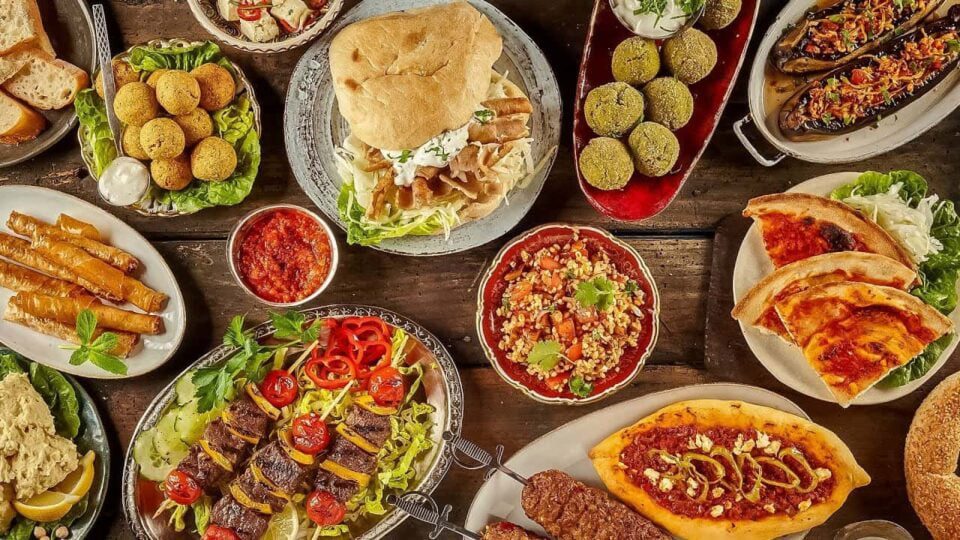Turkish cuisine is rich and diverse. It combines features of Middle Eastern, European, Arab, and authentic Turkic flavors. It includes ingredients that are widely used in countries along the Mediterranean Sea. Its popularity worldwide is second only to Italian or Japanese cuisine, making it even more interesting to explore the gastronomic culture of Turkey while on vacation.
The main ingredients for Turkish dishes are:
- Meat (except pork)
- Vegetables, especially eggplants, peppers, tomatoes
- Legumes
- Rice and bulgur
- Local cheese and yogurt
- Fish and seafood
- Spices and seasonings
Many Turkish recipes are associated with pastry dishes and the preparation of sweets. There are also unique ways of consuming tea and coffee.
National dishes of Turkey vary by region. Western Turkey and the Aegean coast cuisine retain influences from Ottoman and Greek traditions. Here, rice is preferred over bulgur, fewer spices are used, and seafood is often prepared. The cuisine of the Black Sea coast resembles Balkan and slightly Slavic food, but without pork. Anatolian and Southeast Turkish cuisine is known for its grilled meat menu, open-fire cooking, spices, and desserts including the famous baklava.
We’ve prepared a list of 11 national Turkish dishes that will help you fall in love with the local cuisine and get to know the country better. Read on to find out what delicious dishes to try in our article about the best dishes of Turkey.
1. Gözleme
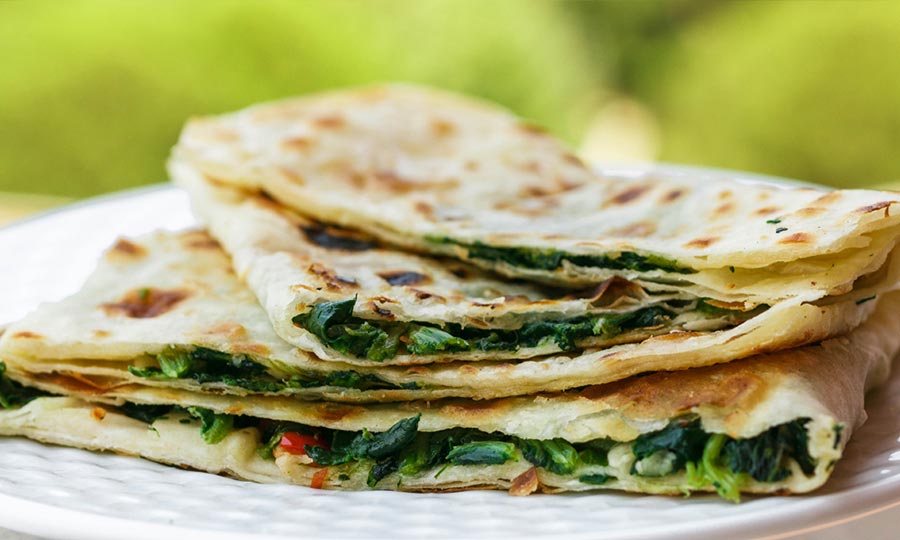
An ancient Turkish dish resembling a cheburek. It is a flatbread made from the thinnest dough with an equally thin layer of meat, cheese, potato, or legume filling. The name “gözleme” comes from the Turkish word for “eye” due to the appearance of the flatbread. Gözleme not only smells wonderful and tastes good but is also prepared in an unusual way. The cook bakes these flatbreads on a special convex surface called “sac.” The process requires speed and skill, which can be seen in street food spots or cafes and restaurants with open kitchens. The flatbreads are served as a complement to salads and main dishes or on their own with a glass of ayran.
2. Beyran
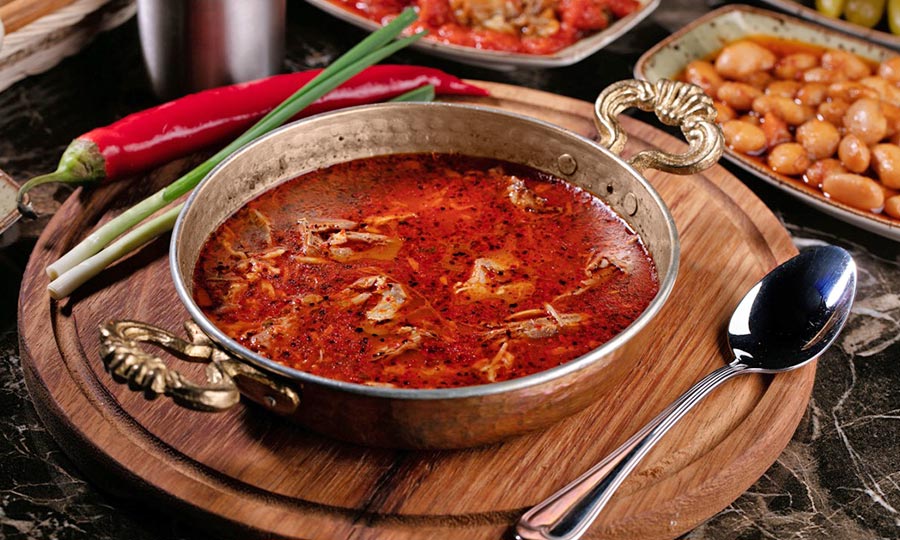
This is a soup with lamb, rice, and vegetables originating from Gaziantep, a region known for its gastronomy. Its recipe is at least 500 years old. Beyran çorbası must be made with a rich, hearty broth with garlic and plenty of spices. It is believed that the soup cures colds and boosts immunity.
3. Piyaz
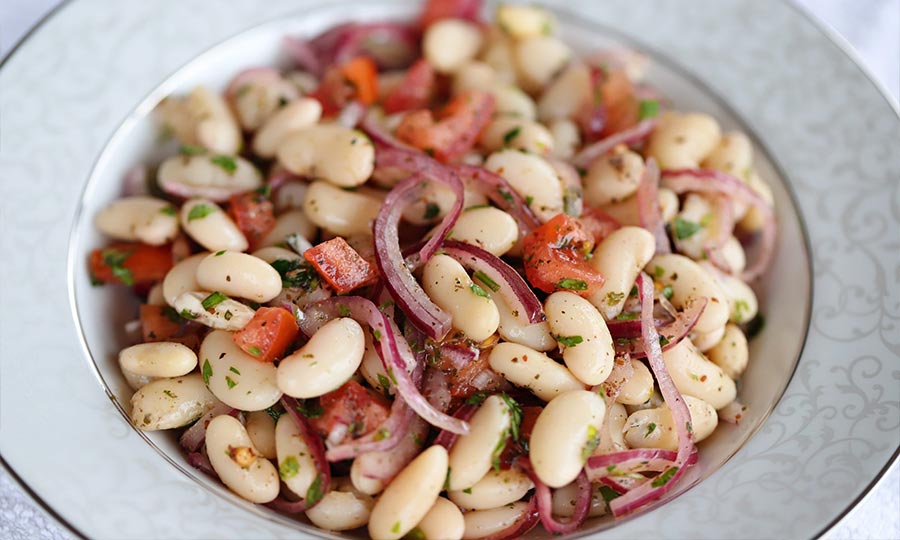
A Turkish bean salad that is a must-try. Turkish salads are generally simple and similar to Mediterranean cuisine: fresh vegetables, onions, and cheese like feta or beyaz peynir. But Piyaz has its unique taste thanks to the combination of boiled white beans, tomatoes, boiled eggs, onions, and greens. It is also easy to prepare on your own.
4. Cacık
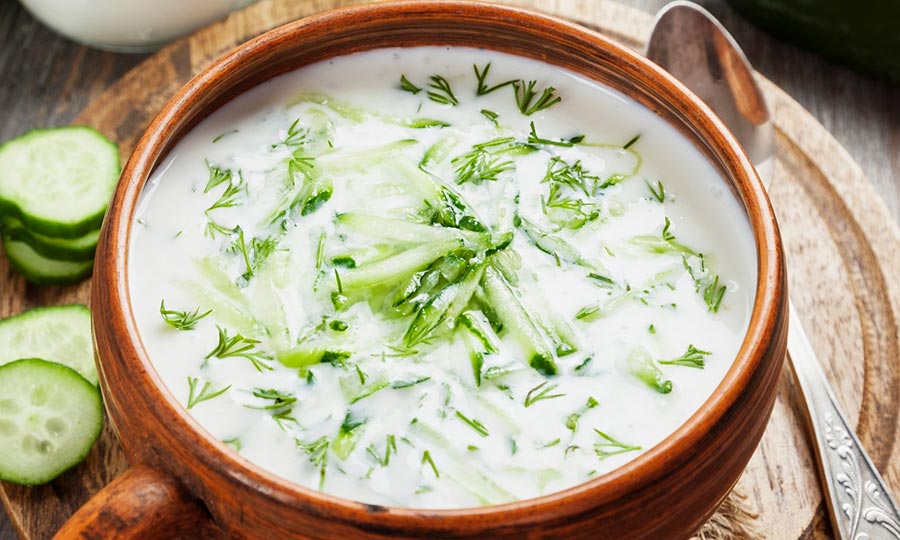
The national version of okroshka, light and refreshing cacık is made from sour milk, cucumbers, and greens. Various fermented milk products can be used as the base, sometimes with added ice crumbs. Cacık is served as a complement to main dishes. Besides dill, parsley, and green onions, mint leaves are sometimes added.
5. Kebab
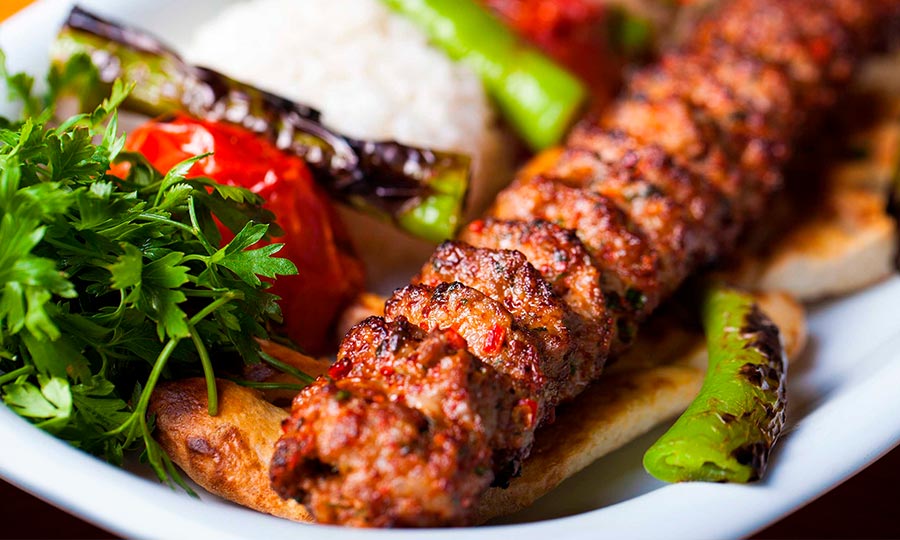
Kebab means grilled meat, as well as fish, seafood, and vegetables. They can be grilled over an open fire, on coals, on a grill, on a spit, in a tandoor, and in many other ways. Kebab encompasses a whole family of dishes based on grilled meat or minced meat. There are over 100 varieties. Definitely worth trying are Adana kebab, Iskender kebab, shish kebab, and eggplant kebab. The best place for kebab preparation in Turkey is considered to be Gaziantep.
6. Turkish Breakfast
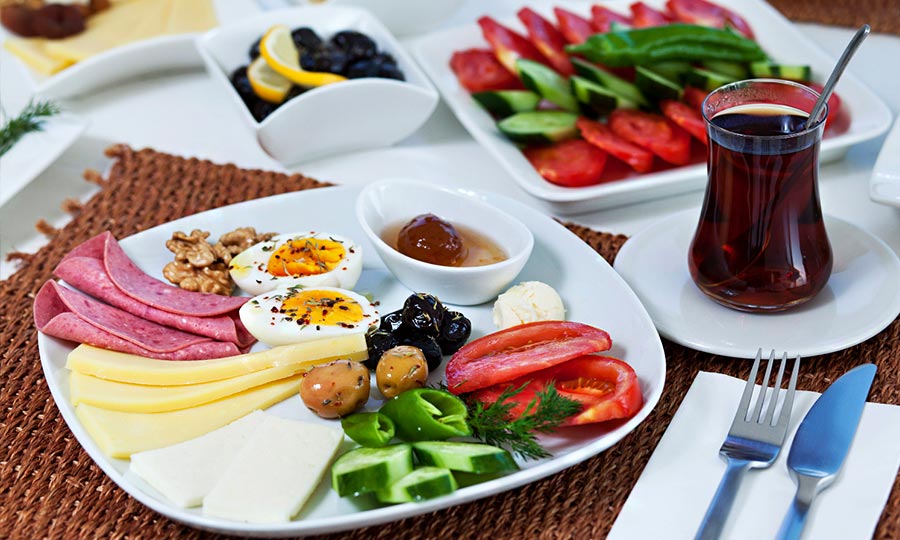
Turkish breakfast or kahvaltı is not about grabbing a quick bite and rushing off. Turkish breakfast is more like a ceremony with multiple snacks, and it literally means “before coffee.” The table is set with boiled eggs or egg dishes, sausages, fresh sliced vegetables, several types of cheese, rich cream for spreading on bread or flatbread, olives, honey, jam, and pastries: homemade flatbreads, simit bagels, and sweets.
7. Turkish Coffee
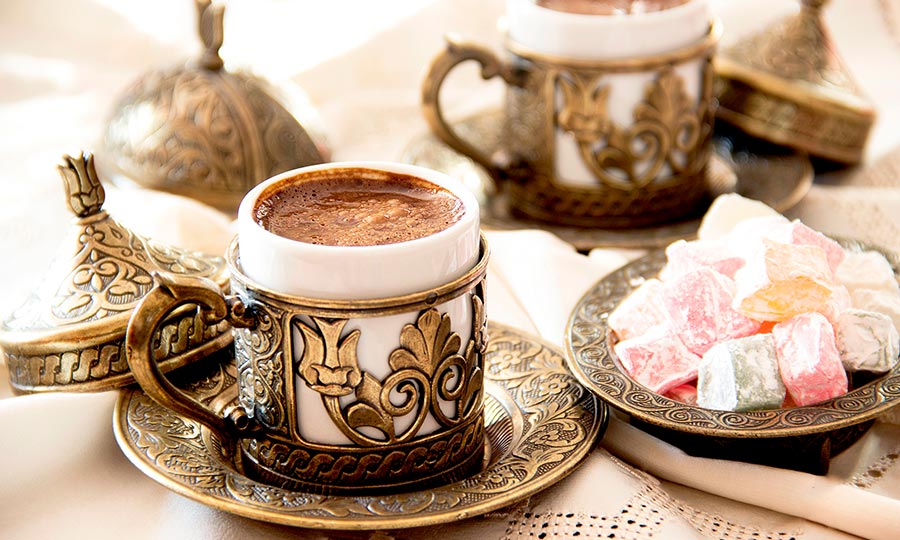
Special coffee is made by brewing ground beans in a cezve or Turkish coffee pot. It can be brewed over an open fire, on hot sand, or stones. Sugar is added during preparation. Coffee without sugar is called “sade,” with a little sugar “orta,” and sweet coffee “şekerli.” Elegant cups often with oriental patterns are used for coffee, and coffee sets make great souvenirs from Turkey.
8. Pişmaniye

In Turkey, they love sweets. There are many types of Turkish delight, halva, baklava, and pişmaniye—a unique dessert with Asian roots. Pişmaniye resembles a dense ball of thin sweet threads of roasted sugar with flour. It tastes similar to halva. Nuts like pistachio paste or ground hazelnuts are added to the dessert.
9. Balık Ekmek
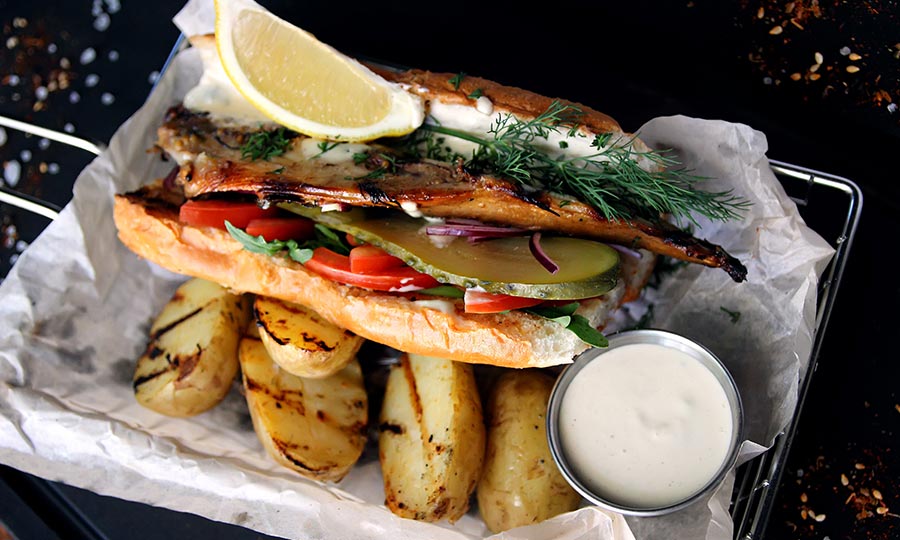
“Balık” in Turkish means fish, and the name of the dish translates to grilled fish served on bread or flatbread with vegetables. Fish fillet can also be wrapped in lavash. In Istanbul, freshly caught mackerel is grilled right on the street. You just need to choose a piece and a sauce for it.
10. Mussels
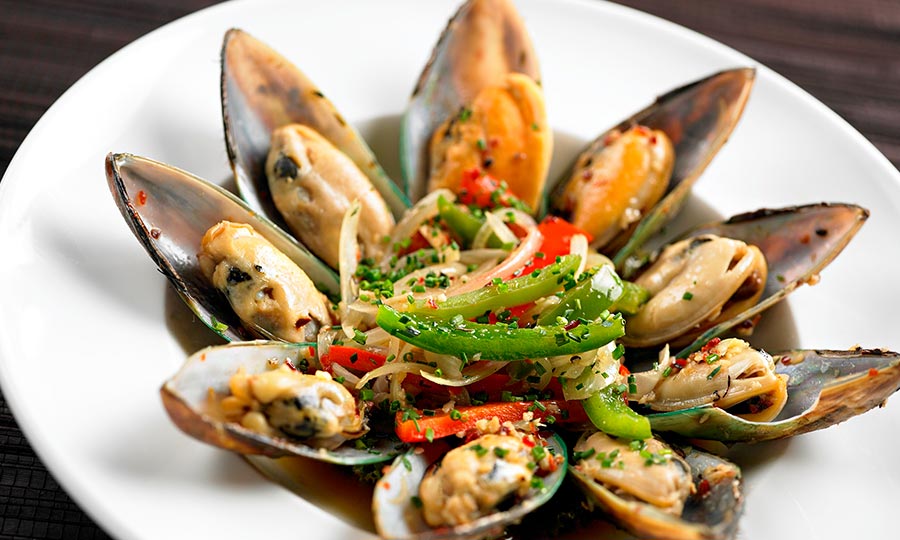
Mussels are sold everywhere in coastal regions, fried with rice or stewed in plenty of sauce. Various types of mussels are common street food in Istanbul. They are sold by the piece or portion and are seasoned with lemon juice. Inside the shell is baked mussel meat and spicy rice.
11. Lahmacun
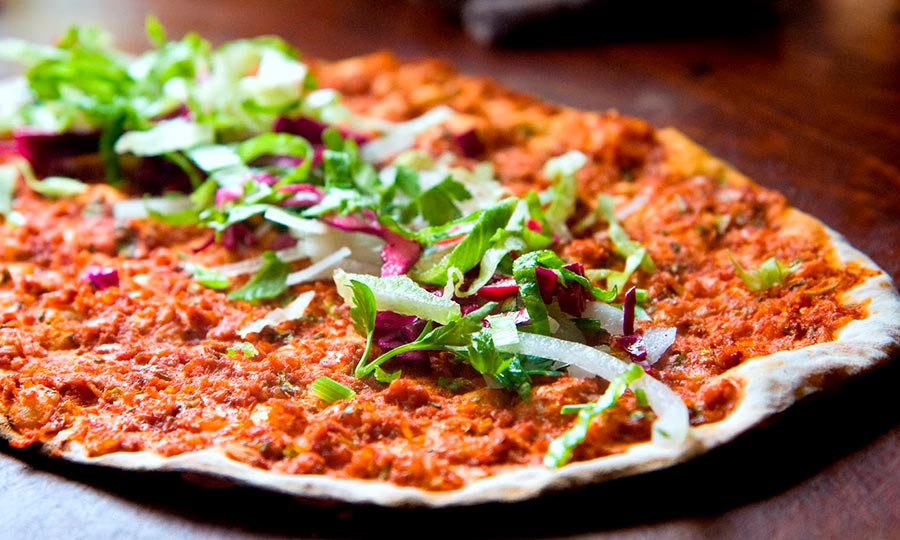
Lahmacun or lamadjo is often considered Eastern pizza. But it is not quite so. The dish is a thin flatbread with a spicy tomato sauce, to which minced beef or lamb, vegetables, herbs, and spices are added. The flatbread with the filling is baked in an oven or on a dry frying pan. Then it is rolled up or folded in half. Sometimes it is cut into triangular pieces like pizza, but this is not always convenient due to the thin dough.

